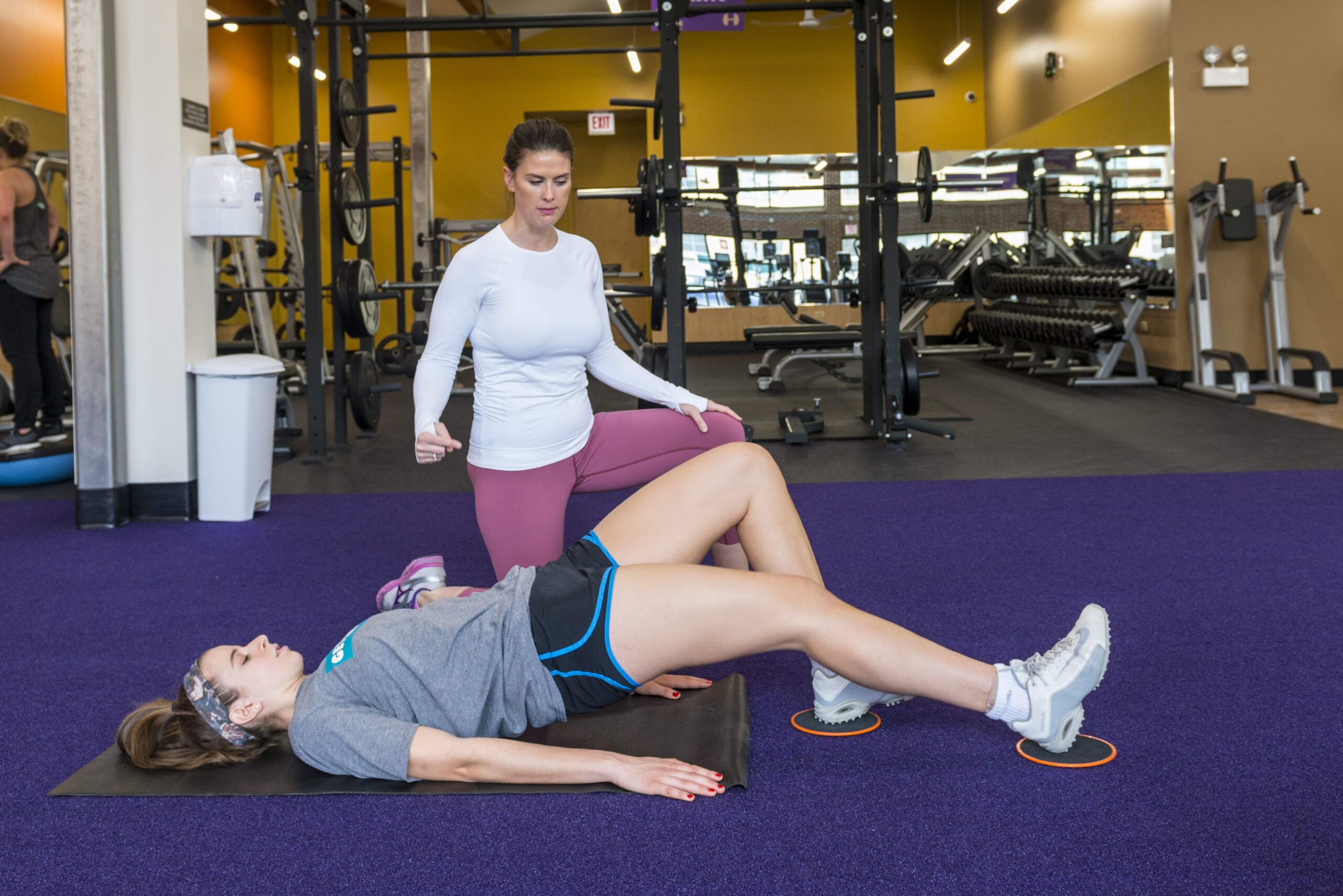When your child suffers an ACL injury, it can feel overwhelming. You’re likely thinking about surgery, school, social life, and — of course — when they’ll be able to play again. But the truth is, ACL rehab is a marathon, not a sprint, and you’ll play a critical role in your athlete’s recovery.
This guide will walk you through:
- What to expect during recovery
- Key questions to ask your rehab team
- Milestones and timelines
- How to know your athlete is actually progressing — not just checking boxes
The Truth About ACL Rehab: It’s Not Just Following a Timeline
Many physical therapy clinics and sports teams use generalized protocols. While these provide structure, not every athlete progresses the same way, and rehab should be criteria-based, not just time-based.
Parents: don’t just trust that your child is “doing fine.” Ask how progress is being measured.
Key Questions to Ask Your Physical Therapist
☐ What specific goals are you working on this week?
☐ What strength, range of motion, or movement benchmarks are being tracked?
☐ When will my athlete be re-tested for readiness to run, jump, or return to play?
☐ What objective data are you using to make return-to-play decisions?
☐ What can we be doing at home to support recovery?
☐ Can I sit in on a session to understand the exercises and progress?
Pro Tip: You have every right to attend a session or ask for a short progress summary. Stay involved and stay informed.
Should You Go Into Their Sessions?
Absolutely! Especially during the early phases and key progress points. Watching just one session per month helps you:
- Understand the pace and intensity of rehab
- Learn what your athlete should (and shouldn’t) do at home
- Notice if rehab is plateauing or progressing
Involvement = advocacy. It also helps your child feel supported and held accountable.
How Do You Know If They’re Meeting Goals?
Every phase of rehab should have measurable outcomes like:
-
Quad strength symmetry
-
Knee extension to 0° and flexion to at least 120° early on
-
Limb symmetry indexes (LSIs) for strength and hop testing
-
Pain and swelling logs
-
Functional movement screens
-
Jump mechanics and landing control testing
-
Change of direction and sprint timing
If your clinic isn’t testing, they’re guessing.
Quick Timeline & Milestones (General Guide — Always Confirm with Your PT or Surgeon)
| Milestone | Timeline (approx.) |
|---|---|
| Shower without brace/crutches | 7–10 days post-op (with surgeon approval) |
| Stop using crutches | 2–4 weeks (once walking without limp + quad control) |
| Go up/down stairs foot-over-foot | ~4–6 weeks |
| Brace discontinued | ~6 weeks (if full extension and quad control restored) |
| Begin light jogging | ~12–16 weeks (must pass strength + hop criteria) |
| Begin jumping | ~16–20 weeks |
| Begin non-contact practice | ~6–8 months (after passing return-to-sport tests) |
| Begin contact practice | ~8–9 months |
| Return to full competition | 9–12+ months (based on strength, power, control, confidence, testing) |
Reminder: these are just averages. Progression depends on healing, performance testing, and quality of movement.
What Do Progression Criteria Look Like?
At our clinic, we don’t just follow a timeline — we follow performance-based criteria.
Before progressing from one phase to the next, your athlete must meet:
-
Mobility Goals: Full knee extension, appropriate flexion, minimal swelling
-
Strength Benchmarks: 90% limb symmetry index in quad strength before jogging
-
Power & Control: Hop testing, Y-balance, deceleration control
-
Neuromuscular Readiness: Proper landing, cutting, sprinting mechanics
-
Confidence & Mental Readiness: No fear of reinjury, readiness to compete

Looking for more resources to support your young athlete through their recovery?
Download our free guide, Quick Reference Guide: 10 Proven Strategies to Help Your Child Through a Season-Ending Injury, and gain actionable tips to help them navigate the recovery process.
For deeper insights, don’t miss our blog post, How Parents Can Support Their Child Through a Season-Ending Injury: Building Resilience and Emotional Strength.
Click below to download the guide!
DOWNLOAD NOW
What Does Return to Sport & Performance Look Like?
There’s a big difference between returning to practice and returning to peak performance.
-
Return to Sport (RTS): Your athlete is cleared to rejoin practice or games — even if they’re not back to full strength or skill yet. Pain, movement, and basic function are the main considerations.
-
Return to Performance (RTP): They’re competing at their previous (or higher) level with full strength, confidence, and no restrictions. Rehab, strength, and sport-specific training are key.
We break this down into:
-
Non-contact RTS phase: Drills, change of direction, acceleration/deceleration
-
Contact RTS phase: Full scrimmages, reactive drills, live play under pressure
-
RTP Phase: Performance testing, workload monitoring, confidence building
Final Word to Parents: Advocate for Excellence, Not Just Clearance
Your child has one shot at a full, strong, and safe recovery. The goal isn’t just getting back on the field — it’s staying there.
Don’t settle for vague updates. Ask for progress data. Stay involved. Choose a clinic that demands excellence.
At PREP Performance Center, we specialize in personalized injury recovery plans designed to help young athletes safely return to sport and ultimately reach peak performance.
Schedule an appointment today for expert guidance tailored to your child’s recovery needs.

